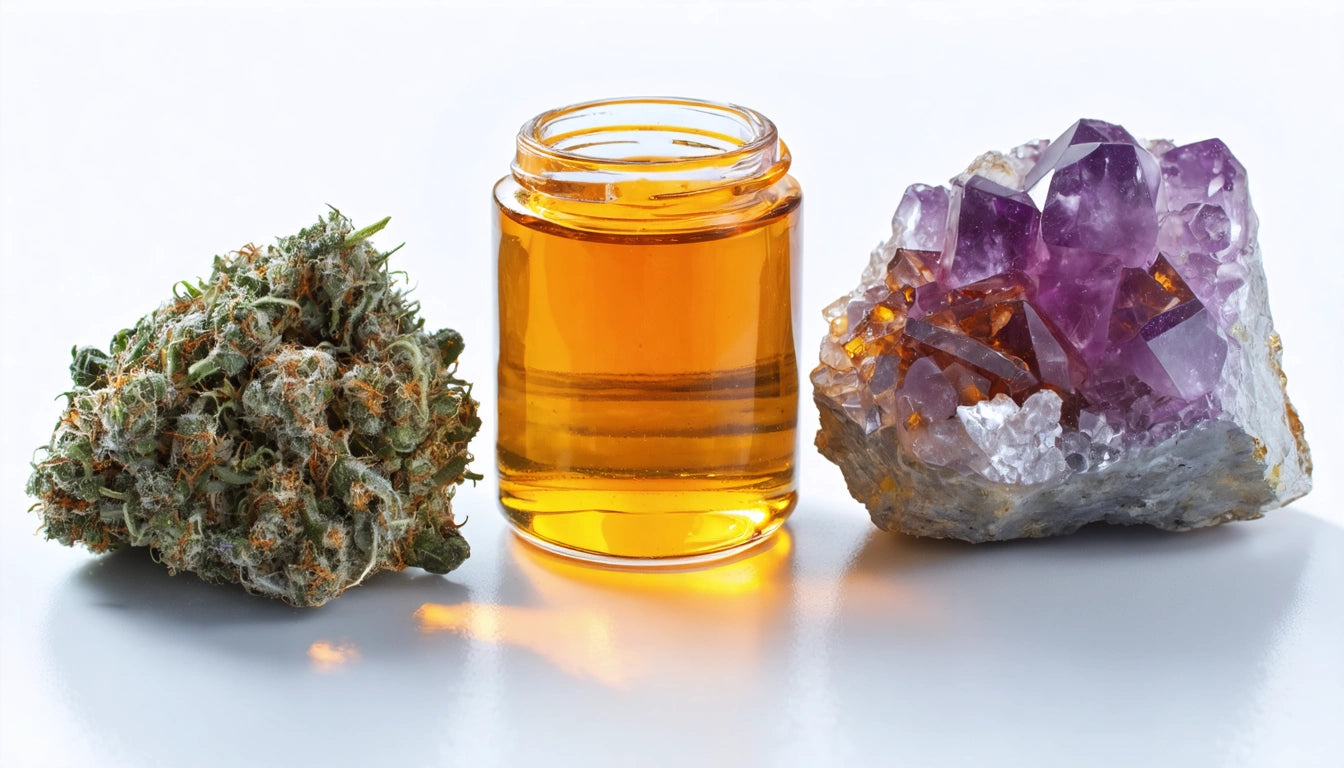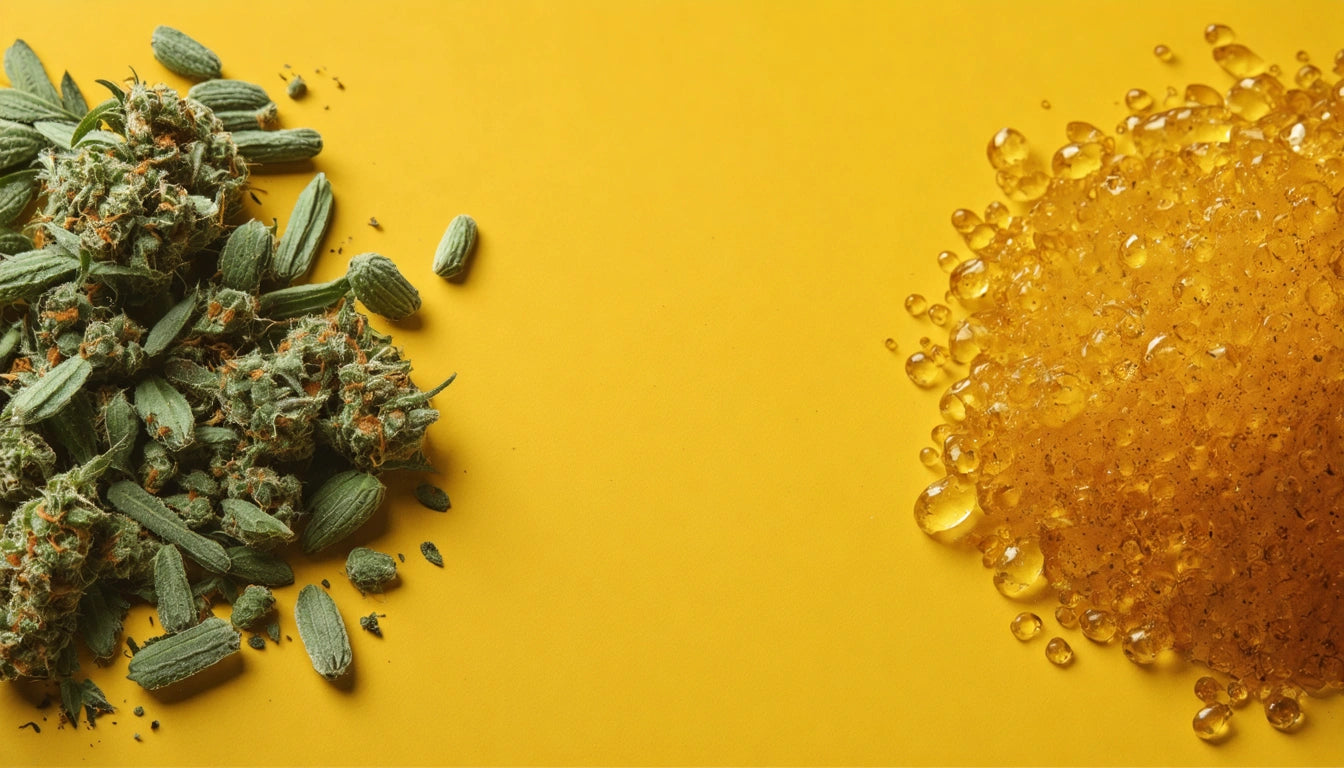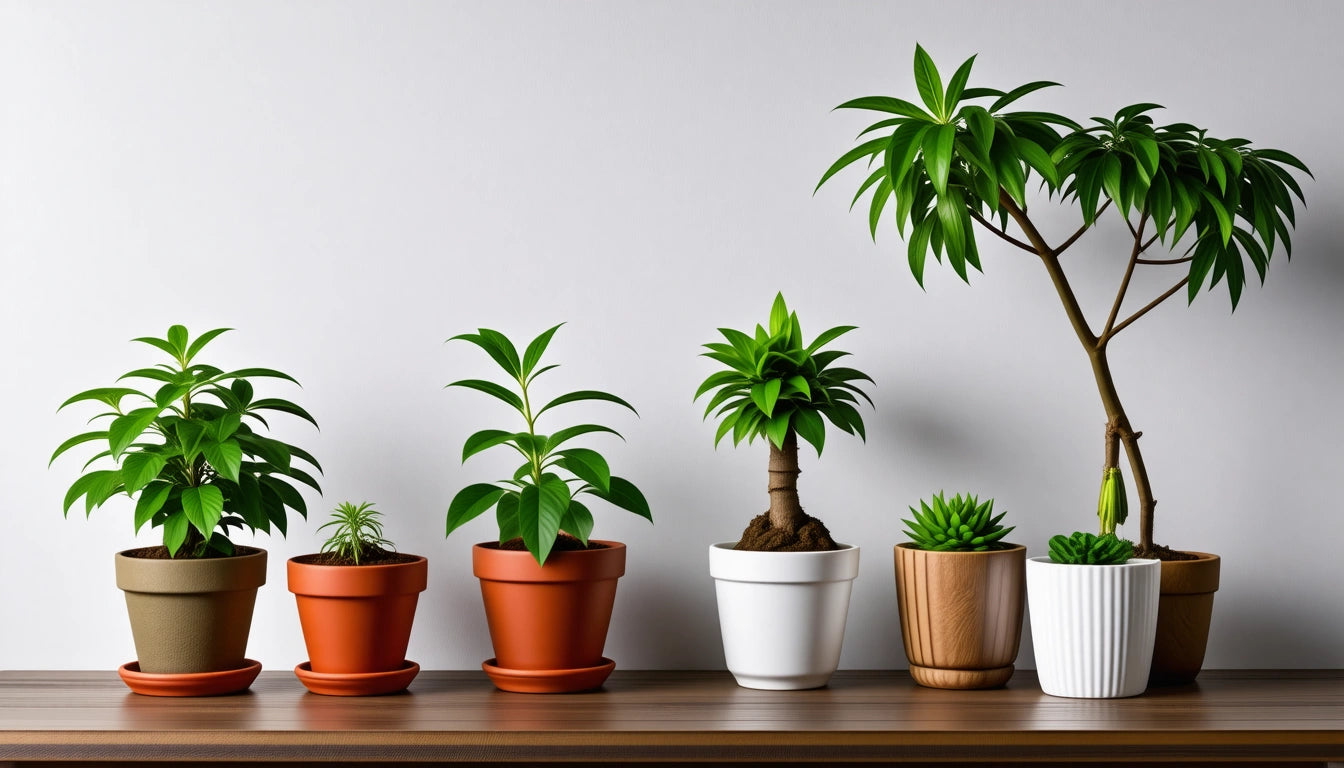Table of Contents
Understanding the Differences: Cured Resin vs. Live Resin
Cannabis concentrates have evolved significantly in recent years, with cured resin and live resin emerging as popular options for consumers seeking potent experiences. Despite similar names, these two products differ substantially in production methods, terpene profiles, potency, and effects. This guide explores the key differences between cured resin vs live resin to help you make informed decisions about which concentrate best suits your preferences.
What is Cured Resin?
Cured resin is a cannabis concentrate made from dried and cured cannabis flower. The term "cured" refers to the traditional post-harvest process where cannabis is dried and cured before extraction. This aging process allows chlorophyll to break down while preserving cannabinoids, though some terpenes are lost during this period.
What does cured resin mean in practical terms? It's essentially any concentrate (shatter, wax, badder, etc.) made from cannabis that has gone through the standard drying and curing process before extraction. The resulting product typically has high THC content but may have a less robust terpene profile compared to its live counterparts.
What is Live Resin
Live resin represents a newer innovation in cannabis processing. Unlike cured resin, live resin is made from flash-frozen cannabis plants harvested at peak ripeness. The freezing process preserves the plant's terpene profile, capturing the aroma and flavor compounds that would otherwise degrade during traditional curing.
This preservation technique results in a concentrate with a more complex flavor profile and aromatic experience that more closely resembles the living plant. Live resin products are often distinguished by their robust scent and flavor, making them popular among connoisseurs who value these sensory aspects of cannabis.
Production Methods Compared
How is Cured Resin Made?
The production of cured resin follows these general steps:
- Cannabis plants are harvested and undergo traditional drying (7-10 days)
- The dried flower is cured in controlled conditions (2-8 weeks)
- Once properly cured, the material undergoes solvent extraction (typically butane or CO2)
- The resulting extract is purged of solvents and processed into various consistencies
During curing, temperatures typically remain below 70 °F. The question of how hot does resin get when curing is important, as excessive heat can degrade both cannabinoids and terpenes. Proper curing maintains moderate temperatures to preserve potency while allowing chlorophyll to break down.
Live Resin Production Process
Live resin production differs significantly:
- Cannabis plants are harvested and immediately frozen at subcritical temperatures
- The frozen plant material undergoes extraction while still frozen
- The extraction process uses cold solvents to preserve temperature-sensitive compounds
- The extract is carefully purged of solvents at low temperatures
This flash-freezing process is crucial for preserving volatile terpenes that would otherwise evaporate during drying and curing. For proper storage of these concentrates, manufacturers often recommend specialized airtight containers with secure caps to maintain product integrity and comply with safety regulations.
Potency and Strength Analysis
When comparing cured resin vs live resin: which is stronger, the answer isn't straightforward. Potency depends on several factors:
THC Content
Cured resin often tests slightly higher in THC percentage, as the curing process can concentrate cannabinoids. However, this doesn't necessarily translate to a more potent overall experience.
Entourage Effect
Live resin typically contains a fuller spectrum of terpenes and cannabinoids, potentially creating a more robust entourage effect. This synergy between compounds may create stronger perceived effects despite sometimes testing lower in THC.
According to comparisons between live resin and other concentrates, the preservation of plant compounds often results in a more nuanced high that many consumers find more effective for their needs.
Terpene Profiles and Flavor Experience
The most significant difference between these concentrates lies in their terpene content:
Cured Resin Terpene Profile
Cured resin contains terpenes that survive the drying and curing process. While some terpenes evaporate during curing, the remaining profile often features more concentrated earthy, woody, or spicy notes from less volatile compounds.
Live Resin Terpene Preservation
Live resin preserves the full terpene profile of the living plant, including highly volatile monoterpenes that create bright, fruity, and floral notes. This preservation results in a more complex aroma and flavor experience that closely resembles the living plant.
When comparing products like live resin and cured resin carts, the difference in flavor profile becomes immediately apparent, with live resin offering a more aromatic and flavorful experience.
Consumption Methods and Storage
Both cured concentrate vs live resin can be consumed in similar ways:
- Dabbing with a dab rig or e-nail
- Vaporizing with concentrate pens
- Vape cartridges filled with either concentrate
- Adding to flower in joints or bowls
Storage requirements are similar for both products, though live resin may be more susceptible to terpene degradation due to its higher terpene content. Both should be kept in airtight, light-resistant containers in cool environments to preserve potency and flavor.
Choosing the Right Resin for Your Needs
When deciding between cured resin vs live resin, consider these factors:
Budget Considerations
Live resin typically commands a higher price due to the specialized production process and perceived quality. Cured resin offers a more budget-friendly option while still delivering potent effects.
Experience Priority
If flavor and aroma are your priorities, live resin offers a superior sensory experience. If you're primarily concerned with THC content and effects, cured resin may provide comparable results at a lower price point.
Understanding what is the difference between live resin and cured resin allows consumers to make choices aligned with their preferences, whether prioritizing flavor preservation through live resin products or seeking value through traditional cured options.
Both products have their place in the cannabis concentrate market, catering to different consumer preferences and use cases. As extraction technology continues to evolve, we can expect further refinements in both cured and live resin products, offering consumers even more options for experiencing cannabis in concentrated form.











Leave a comment
All comments are moderated before being published.
This site is protected by hCaptcha and the hCaptcha Privacy Policy and Terms of Service apply.